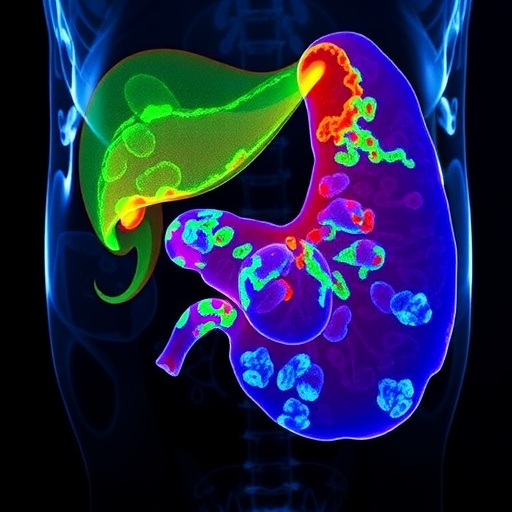Researchers at Trinity College Dublin have made exciting new findings that could offer a means of fighting resistance to treatment for people with oesophageal cancer. Resistance to radiotherapy is a major stumbling block in the treatment of this cancer.
For the first time, the research team led by Dr Stephen Maher, Ussher Assistant Professor in Translational Oncology at Trinity, have discovered that a molecule lost from cancer stem cells, called miR-17, is important in driving oesophageal tumour resistance to radiotherapy.
The team of scientists, which incorporated specialists from Trinity, St. James's Hospital Dublin, the Coombe Women and Infant's University Hospital and the University of Hull in the UK, demonstrated that populations of tumour cells that had higher numbers of cancer stem cells formed larger, more aggressive tumours. They also demonstrated that the cancer stem cells were more resistant to radiation-induced cell death.
The findings from this ground breaking research were recently published in the international peer-reviewed journal Oncotarget.
Many oesophageal cancer patients receive radiotherapy and chemotherapy to shrink their tumour prior to surgery and this forms a key part of their treatment. Unfortunately, while a subset of patients have excellent responses to treatment, the majority of patients are actually resistant to various degrees, and are subjected to treatment side effects and an unnecessary delay to surgery, which can worsen their overall prognosis. To date there hasn't been a way to test which patients will respond well to radiotherapy or to reduce resistance to radiotherapy.
Cancer stem cells are a tiny population of tumour cells that exist inside most tumours, and acquire some of the features of normal stem cells. Normal stem cells are unspecialised cells that can be characterised by the ability to change into mature, specialised cells, like the normal cells that make up the normal oesophagus. When normal tissues are damaged, through injury for example, stem cells in the local environment, help to repopulate and rebuild the normal tissue. However, in a tumour, cancer stem-like cells, the tumour cells that have acquired stem cell-like abilities, are able to drive and maintain the growth of tumours and repopulate the tumours following the damage caused by radiotherapy and chemotherapy.
"This work is extremely important in understanding why tumours are inherently resistant to radiotherapy, and how they can acquire resistance. Our findings strongly suggest that it is the cancer stem cell population that we need to destroy if treatment is going to be effective in our oesophageal cancer patients", said Dr Maher.
"Up until recently cancer stem cells were largely considered hypothetical, as there were no clear ways to identify and isolate them. In this study we spent a tremendous effort in identifying tumour cells that had biological markers normally characteristic of stem cells. Once we had identified these stem-like tumour cells, we isolated them and started to pick apart their biology", continued Dr Maher.
The work, predominantly performed by Dr Niamh Lynam-Lennon, an Irish Research Council-funded Senior Research Fellow with Trinity's Department of Surgery, showed that the population of cancer stem cells could be further broken down into smaller groups, which had distinct radiation sensitivity profiles. Further genetic analysis revealed that the levels of a powerful gene-regulating molecule, called miR-17, were particularly low in the cancer stem cells that were most resistant to radiation. In patient samples, miR-17 was found to be much lower in the tumours of patients who did not respond to treatment.
"Interestingly, in the lab we found that if we put a synthetic version of miR-17 into the resistant cells they became more sensitive to radiation. Going forward, we could use synthetic miR-17 as an addition to radiotherapy to enhance its effectiveness in patients – this is a real possibility as a number of other synthetic miR-molecules are currently in clinical trials for treating other diseases", said Dr Lynam-Lennon.
Oesophageal adenocarcinoma, a cancer of the food-pipe, is a major problem in Ireland, the UK and the rest of the western world. Its incidence has increased by 600% over the past three decades, representing the largest increase in incidence of any disease of any kind over the same time period, and rates are projected to continue increasing over the next 20 years.
###
The work was largely funded by the Health Research Board (HRB) and involved research on cells grown in the lab, in vivo research and tumour samples from oesophageal cancer patients.
The paper is available here.
Media Contact
Yolanda Kennedy
[email protected]
353-863-860-638
@tcddublin
http://www.tcd.ie/
############
Story Source: Materials provided by Scienmag




